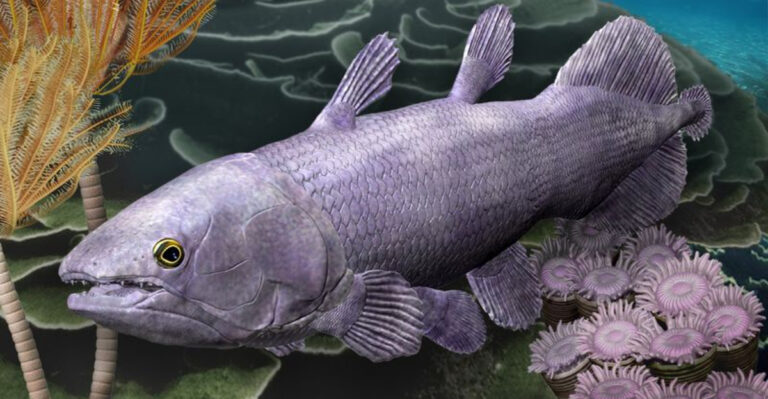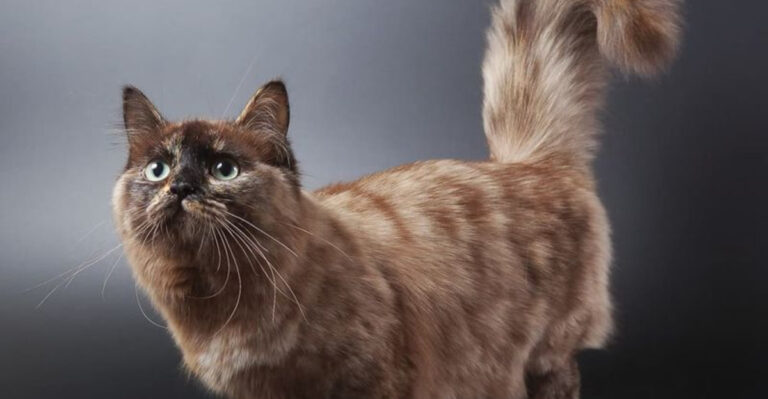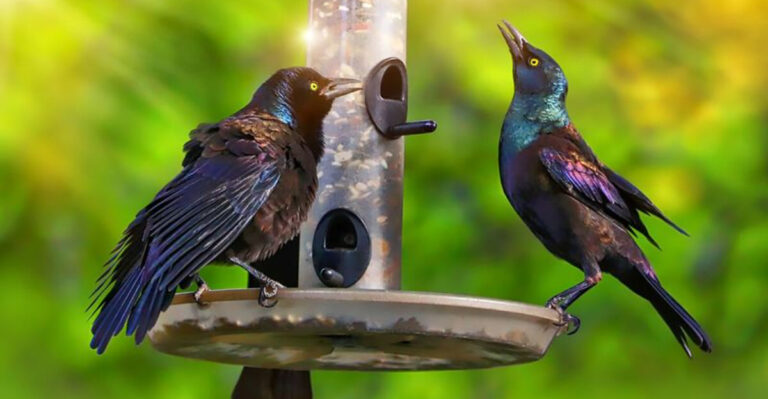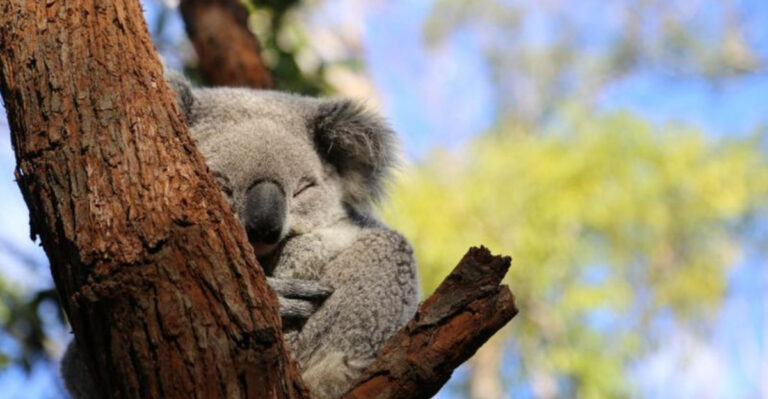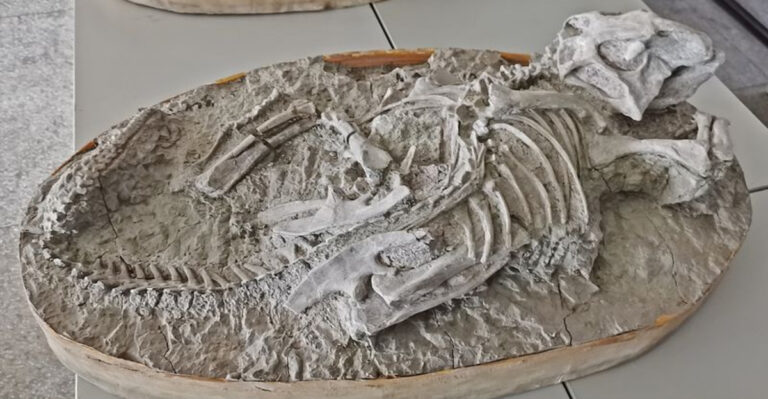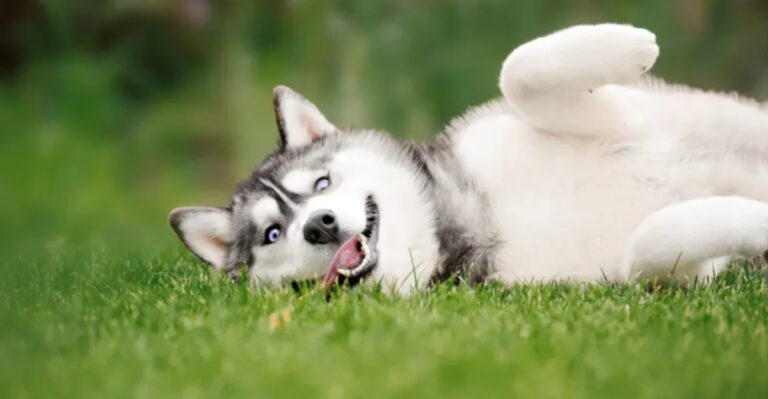15 Birds Of Prey That Can Spot A Mouse From Miles Away

Have you ever wondered how birds of prey can spot tiny rodents from incredible heights? These aerial hunters possess some of the most remarkable vision in the animal kingdom.
Their specialized eyes allow them to detect the smallest movements on the ground while soaring high above. Let’s take a look at incredible birds of prey with vision so powerful they can spot a mouse from astonishing distances!
1. Red-Tailed Hawk
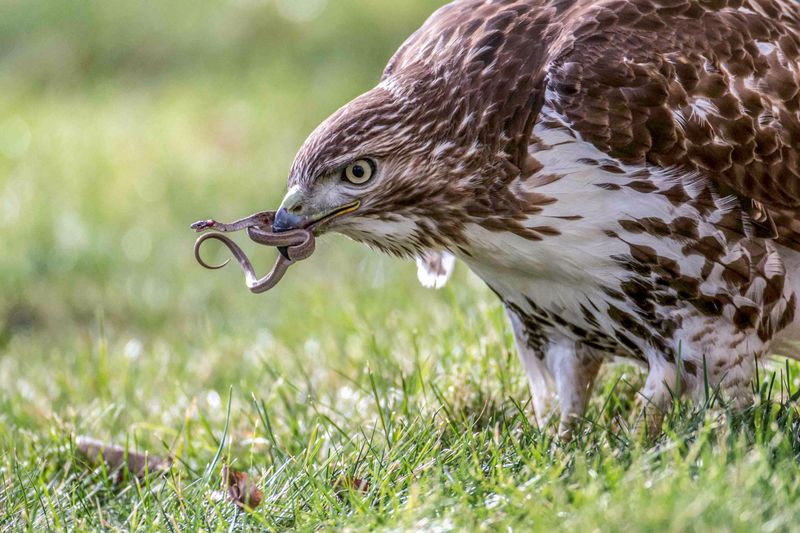
Masters of the North American skies, red-tailed hawks can detect a mouse from about a mile away. Their exceptional eyesight is roughly eight times more powerful than human vision.
These majestic birds perch on telephone poles and tree branches, patiently scanning fields below. When prey is spotted, they dive at speeds reaching 120 mph, rarely missing their target.
2. Golden Eagle

Sporting a wingspan of up to seven feet, golden eagles rule mountainous regions with vision that spots prey from nearly two miles away. Their eyes contain five times more visual cells than humans, creating incredibly detailed images.
Capable of diving at 150 mph, these regal hunters can snatch rabbits, ground squirrels, and yes, mice, with surgical precision. Their hunting territories often span 60-100 square miles.
3. Peregrine Falcon
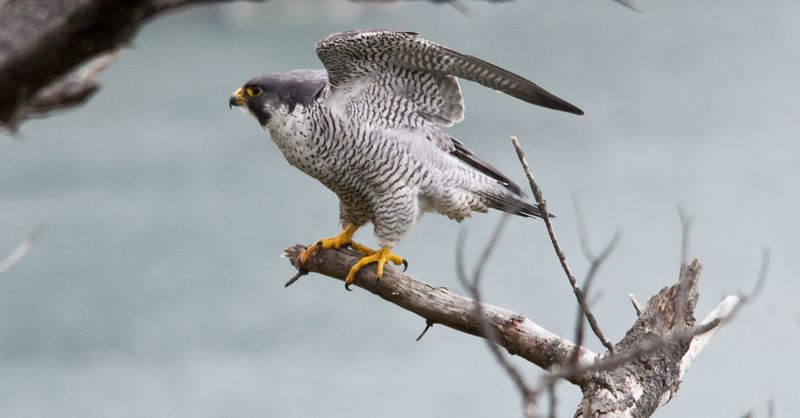
Speed demons of the sky, peregrine falcons boast vision so sharp they can spot a pigeon from three miles away. Imagine what they can do with a mouse! Their specialized nictitating membrane protects their eyes during 200+ mph hunting dives.
These urban-adapted raptors nest on skyscrapers and hunt pigeons in city centers. A peregrine’s eyes take up about 15% of its head weight, compared to just 1% for humans.
4. Bald Eagle
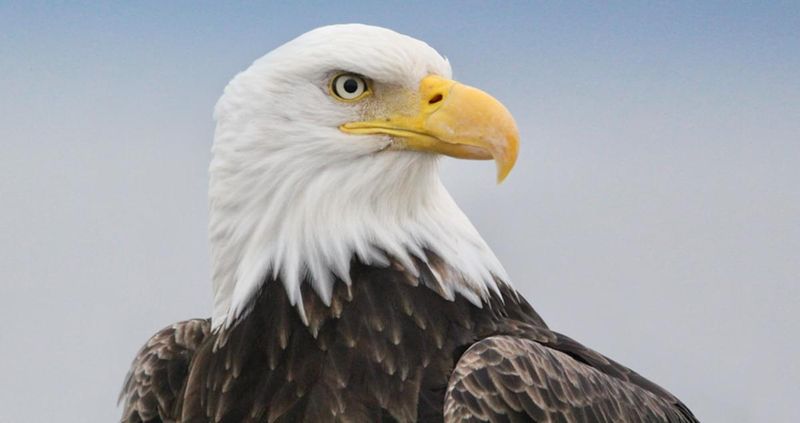
America’s national bird doesn’t just look majestic—it sees with extraordinary clarity. A bald eagle’s vision is estimated to be four to eight times stronger than human eyesight, spotting fish and small mammals from miles high.
Their eyes don’t move in their sockets; instead, these birds rotate their entire heads. Specialized blood vessels cool their eyes during high-speed dives, preventing vision blur when hunting mice and other small prey.
5. Osprey
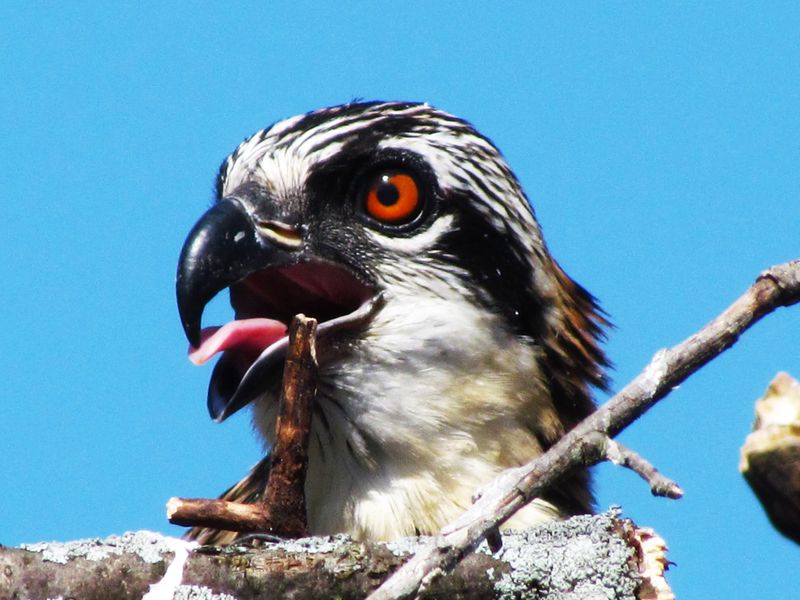
Fish specialists with a side interest in rodents, ospreys have polarized vision that cuts through water glare. From 100+ feet above, they spot movement with accuracy that would make a sniper jealous.
Uniquely among raptors, ospreys can close their nostrils when diving. Their reversible outer toes and specialized foot pads grip slippery prey. When hunting mice instead of fish, they adjust their diving technique for land-based captures.
6. Northern Goshawk

Forest phantoms with attitude, northern goshawks navigate dense woodlands at high speeds while spotting tiny prey. Their red eyes enhance contrast detection, making even camouflaged mice visible against forest floors.
These secretive hunters accelerate to 38 mph in just a few wingbeats. Indigenous cultures revered goshawks as spiritual messengers. Their hunting strategy involves short, powerful bursts through thick forest, relying on split-second visual processing.
7. Harris’s Hawk
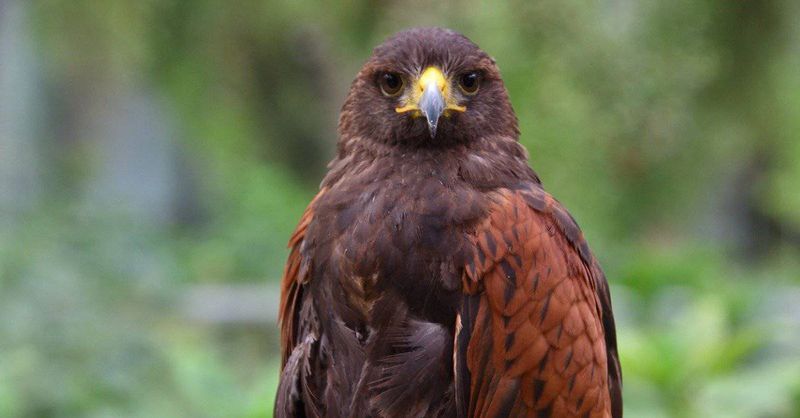
Social hunters of the desert southwest, Harris’s hawks work in coordinated teams to flush out rodents. Their pack hunting—rare among birds—combines multiple sets of keen eyes to track prey from different angles.
Known for “backstanding,” where birds stack on each other’s backs to gain height advantage. These rust-colored hunters share their kills, maintaining complex social hierarchies. Their cooperative strategy helps them spot and catch mice hiding in desert vegetation.
8. Ferruginous Hawk
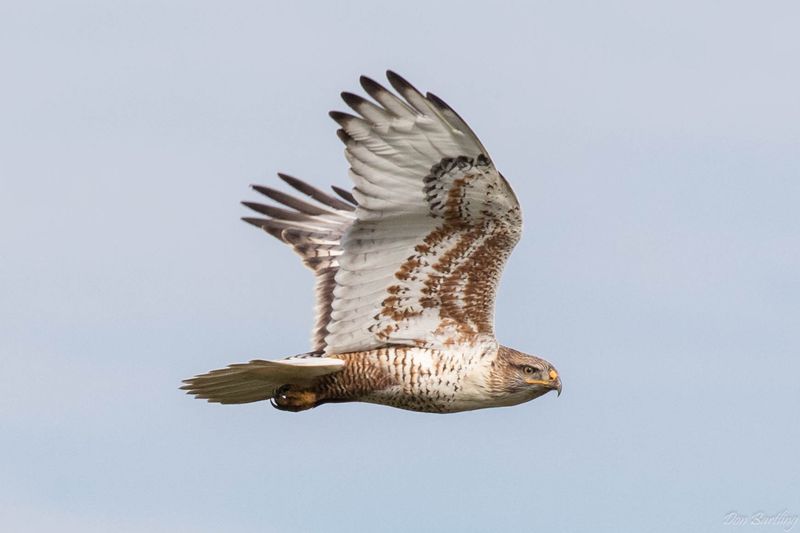
North America’s largest hawk specializes in prairie hunting, with eyesight adapted for spotting the slightest movements across vast grasslands. Their pale coloration reflects intense sunlight, reducing glare while scanning for prey.
These massive hawks can hover in place despite their size—a remarkable feat. They’ve adapted to hunt prairie dogs but readily snatch mice when available. During winter, they gather in groups where rodent populations are abundant.
9. Great Horned Owl

Night vision champions, great horned owls don’t rely solely on sight—they combine exceptional low-light vision with directional hearing. Their eyes are fixed in their sockets, but they can rotate their heads 270 degrees to track prey.
Despite weighing just 3-4 pounds, these nocturnal hunters can carry prey four times their weight. Their silent flight comes from specialized feather edges that break up air turbulence. Mice make up a significant portion of their varied diet.
10. Barn Owl
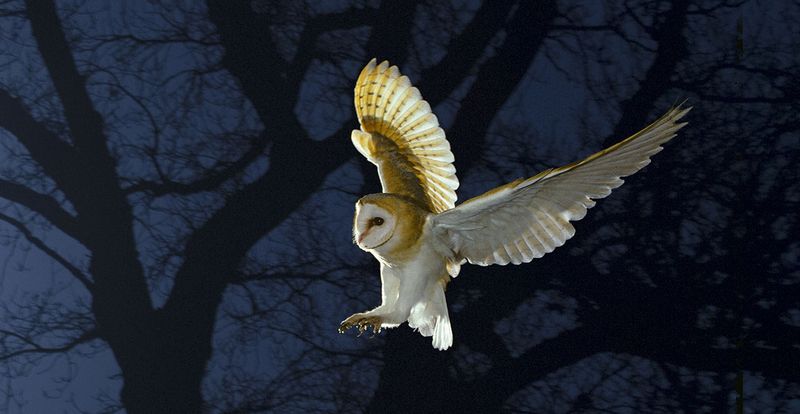
Heart-faced ghost birds, barn owls combine incredible night vision with the most precise directional hearing of any animal tested. Their dish-shaped faces function as sound-collecting parabolas, pinpointing mice under snow or leaves.
They can hunt in complete darkness using only sound. A nesting pair with owlets might capture 3,000+ rodents in a single breeding season. Farmers welcome these natural pest controllers, often installing nest boxes to attract them.
11. Swainson’s Hawk
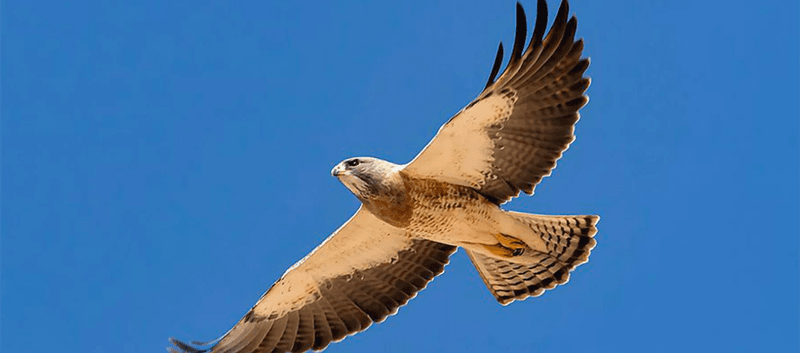
Migration marathoners, Swainson’s hawks travel 6,000+ miles twice yearly between North and South America. During breeding season, they hover-hunt over prairies, using their keen vision to spot mice and insects.
Their eyes contain more light-sensitive cells than human eyes, creating sharper images. These social birds often hunt in loose groups during grasshopper outbreaks. Before migrating south, they gorge on rodents, nearly doubling their body weight for the journey.
12. Snowy Owl
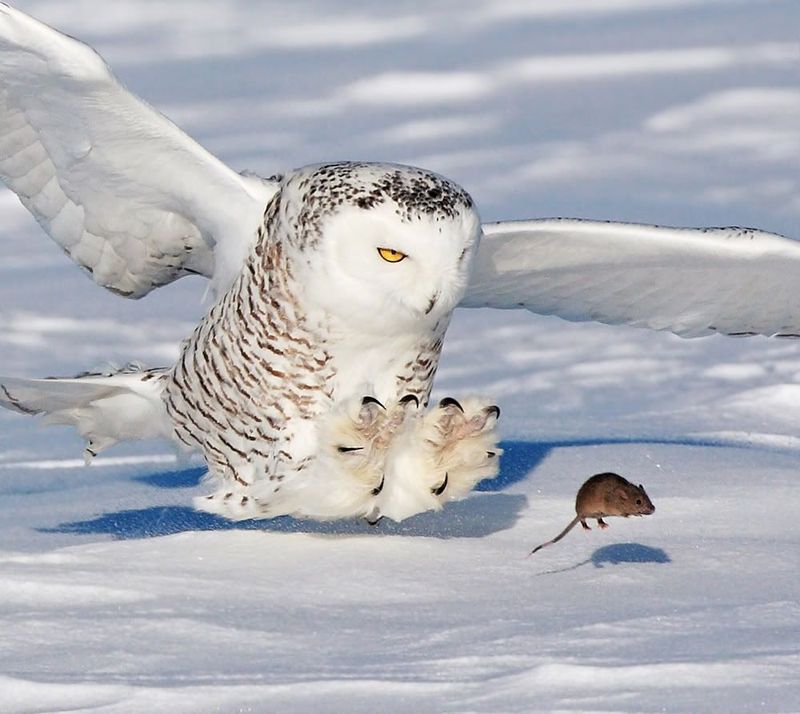
Arctic specialists with daytime hunting habits, snowy owls scan vast tundra landscapes for lemmings and mice. Their distinctive yellow eyes contain specialized cells that filter and enhance visual information in bright, snowy conditions.
Unlike most owls, snowies hunt actively during daylight hours. They can spot a moving lemming from over a mile away across the featureless arctic. During irruption years, they migrate south in large numbers when rodent populations crash.
13. Northern Harrier
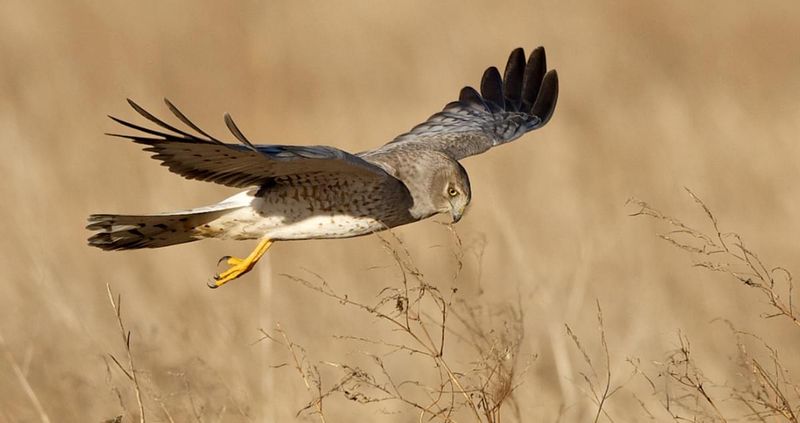
Gliding low over marshes and fields, northern harriers combine exceptional vision with owl-like hearing. Their distinctive facial disk collects sound similar to owls, giving them dual-sensory hunting capabilities.
Males and females hunt differently—males capture smaller prey like mice, while females take larger rabbits. They fly with wings in a shallow V-shape, rarely flapping as they cruise just feet above ground. Their low hunting style maximizes both visual and auditory detection.
14. Cooper’s Hawk
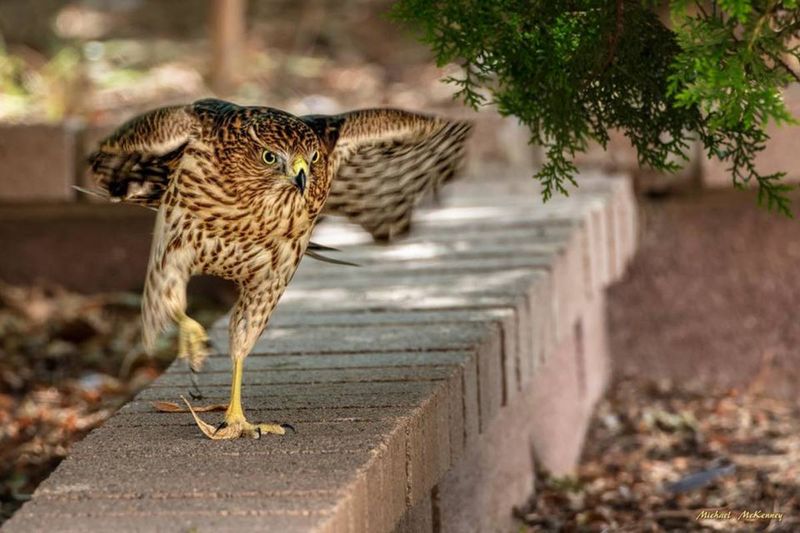
Backyard ambush specialists, Cooper’s hawks thread through suburban landscapes at high speed. Their proportionally large eyes track movement with precision, making them feared hunters at bird feeders—and skilled mouse-catchers in gardens.
These agile hunters have adapted to urban environments. Their short wings and long tails enable tight maneuvers through dense vegetation. Despite frequent collisions during high-speed chases, they’ve evolved reinforced skulls to prevent concussions.
15. Mississippi Kite
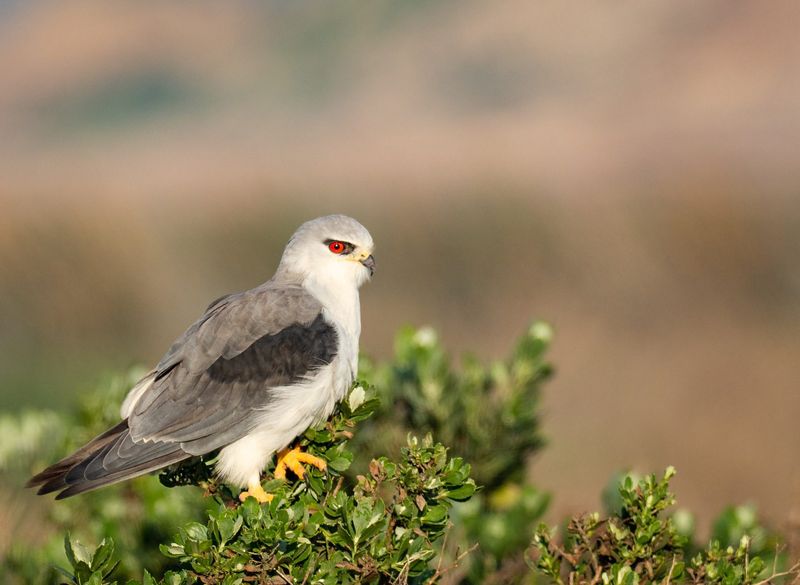
Aerial insect specialists that also snatch mice, Mississippi kites catch most prey with their feet while still flying. Their vision allows them to spot tiny movements from high altitudes, rarely needing to land during daylight hours.
These graceful flyers catch dragonflies mid-air, eating them while still flying. During breeding season, they expand their diet to include small rodents for growing chicks. They’ve adapted to suburban parks and golf courses across the southeastern United States.

